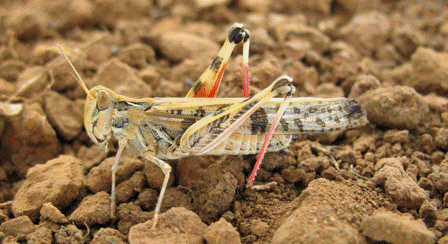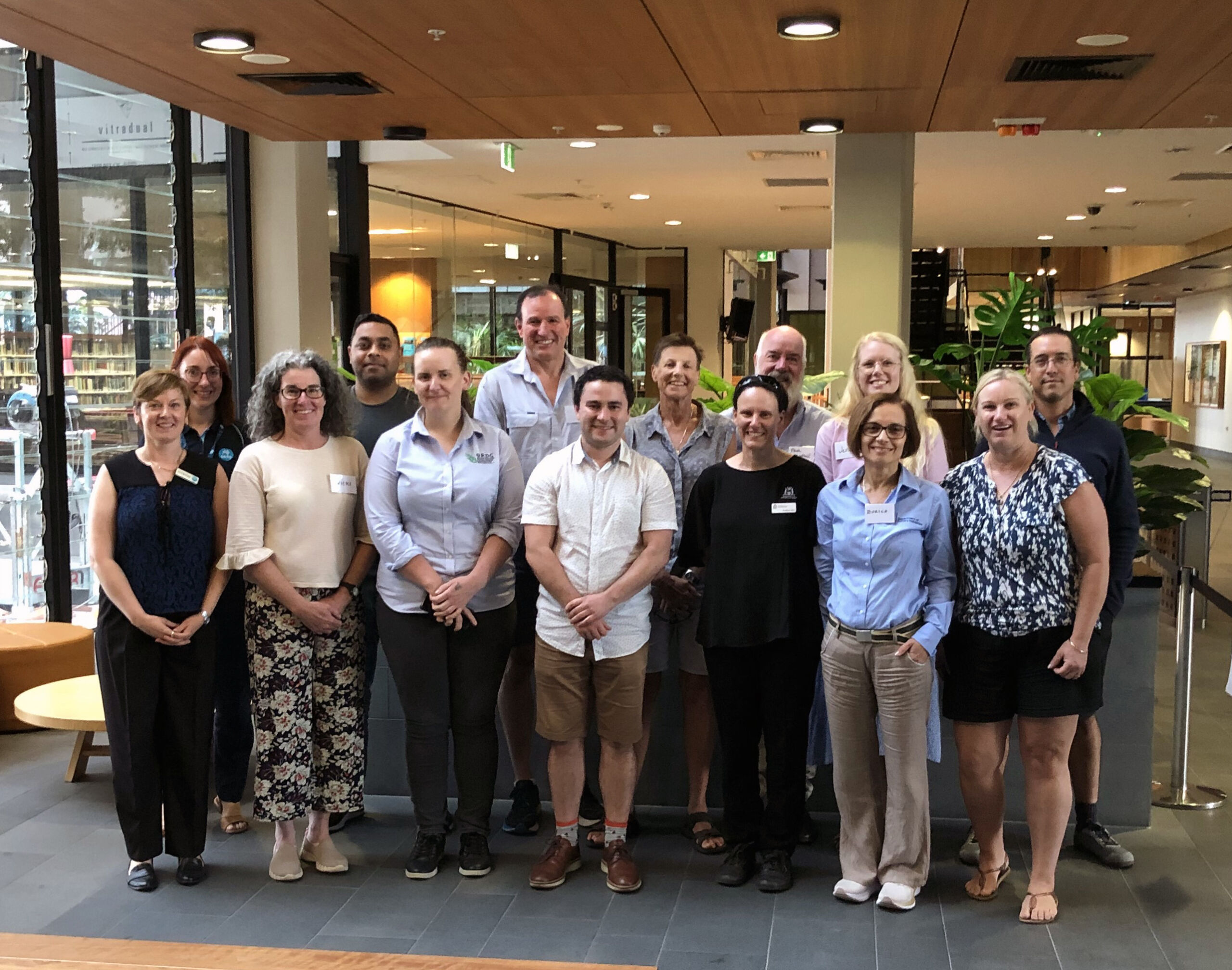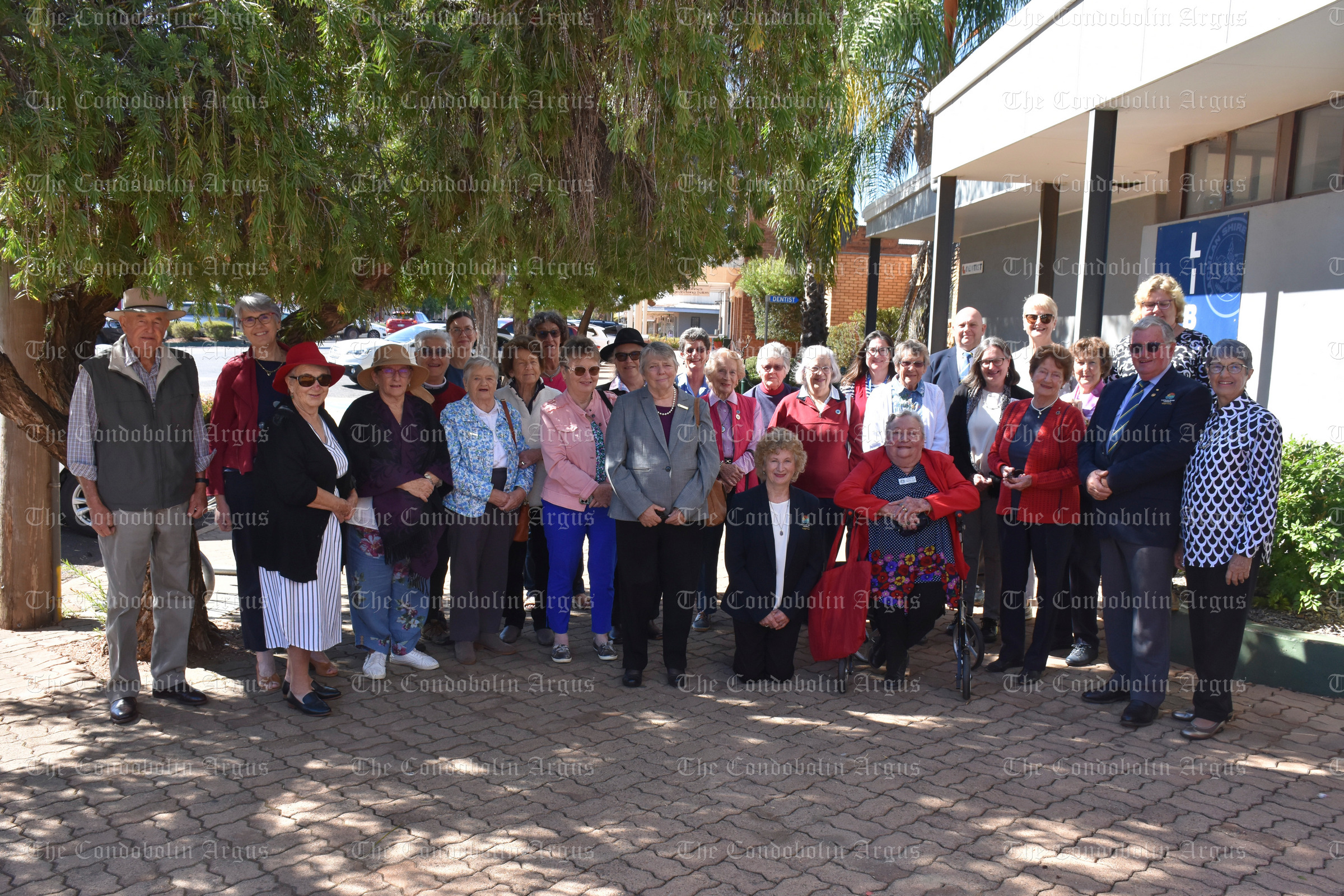BE ON THE LOOKOUT FOR LOCUSTS
By Melissa Blewitt
Farmers across the Lachlan Shire and broader central west area are being urged to be on the lookout for locusts.
Local Land Services are warning farmers to be vigilant after high density swarms of plague locusts have been identified in Lake Cargelligo and Ivanhoe.
Locust activity is also reportedly occurring in Coonamble, Condobolin and Nyngan.
The Australian Plague Locists (Chortoicetes terminifera), remained at a low to medium level over most of inland eastern Australia, with some higher densities detected in parts of New South Wales and Queensland. Adult numbers generally decreased in most areas due to natural mortality at the end of the normal lifespan and/or redistributions/dispersals by favourable weather systems, according to the Australian Plague Locust Commission’s (APLC) General situation in January and outlook to April 2021 report.
“Short-distance nocturnal migrations were detected by insect monitoring radar and light traps associated with disturbed weathers, but no suitable weather systems occurred to facilitate any long-distance migrations.
“Consecutive short-distance migrations might have spread locust populations more widely and relocated populations further into inland areas. Nymph numbers observed in surveys were generally at low to medium density, with higher numbers detected in the Lake Cargelligo district (up to Sub-Band density) and Moree district (up to Band density) of NSW.
“More bands were reported from the North West Slopes & Plains* and adjacent Darling Downs and Granite Belt.
“No surveys were conducted in either Victoria or South Australia, and no reports were received, but locust populations are expected to have remained at low levels with some small areas of localised higher densities in both States.
In New South Wales, adult densities generally declined.
“A Low-Density Swarm was identified in the Darnick district where high numbers of summer generation nymphs were previously observed.
“Numerous densities were detected in the Ivanhoe-Lake Cargelligo-Booligal areas and the Louth district. All other surveyed areas had Isolated–Scattered Density adults. Locust movements were evident from the light-trap captures in White Cliffs (10, 12, and 26 January) and the radar detections in Hay (11, 24–27 January).
“Nymph densities identified were up to Band in the Moree district, Sub-band in the Lake Cargelligo district, and Numerous in the Darnick district. Only occasional Present-density nymphs were identified in other areas.
“Reported bands were confirmed and more were identified in the North West Slopes & Plains by the aerial surveys conducted by the Department of Primary Industries and Local Land Services.
“The outlook for February is for increasing locust activity, with a high likelihood of further successful widespread breeding in Queensland and New South Wales but only limited to localised, sporadic breeding in other States. It is expected that more swarms will develop and result in a larger autumn population.
“There is a moderate likelihood of more widespread high-density populations and region-wide infestations developing during the remainder of summer and early autumn,” the report concluded.
Reports of locust activity can be made directly to Local Land Services on 1300 795 299, or to the Australia Plague Locust Commission on 1800 635 962.
Latest News
Competing in the PSSA NSW State Swimming Championships
A massive congratulations to Tullibigeal Central Schools super fish, Veritty, [...]
Managing canola pests using beneficial insects
Australian grain growers will benefit from improved pest management strategies [...]
WNSWLHD shining a spotlight on Dietician Anne Manvell
Western NSW Local Health District (WNSWLHD) has highlighted the impact [...]
On the hunt for eggs
Bogan Gate Public School students celebrated Easter at the end [...]
Cruz competes
Lake Cargelligo Central School student Cruz recently swam in Sydney [...]
Gobondery/NARRAF Cricket Gala Day
On Thursday 28th March, Tottenham Central School took one cricket [...]










